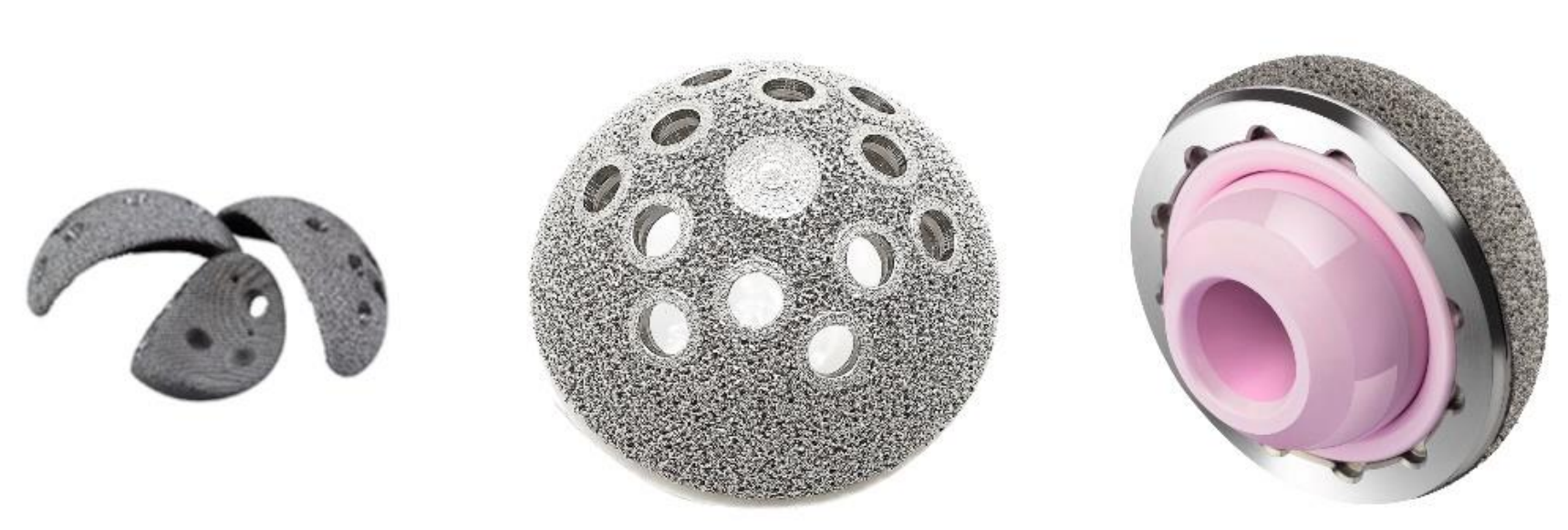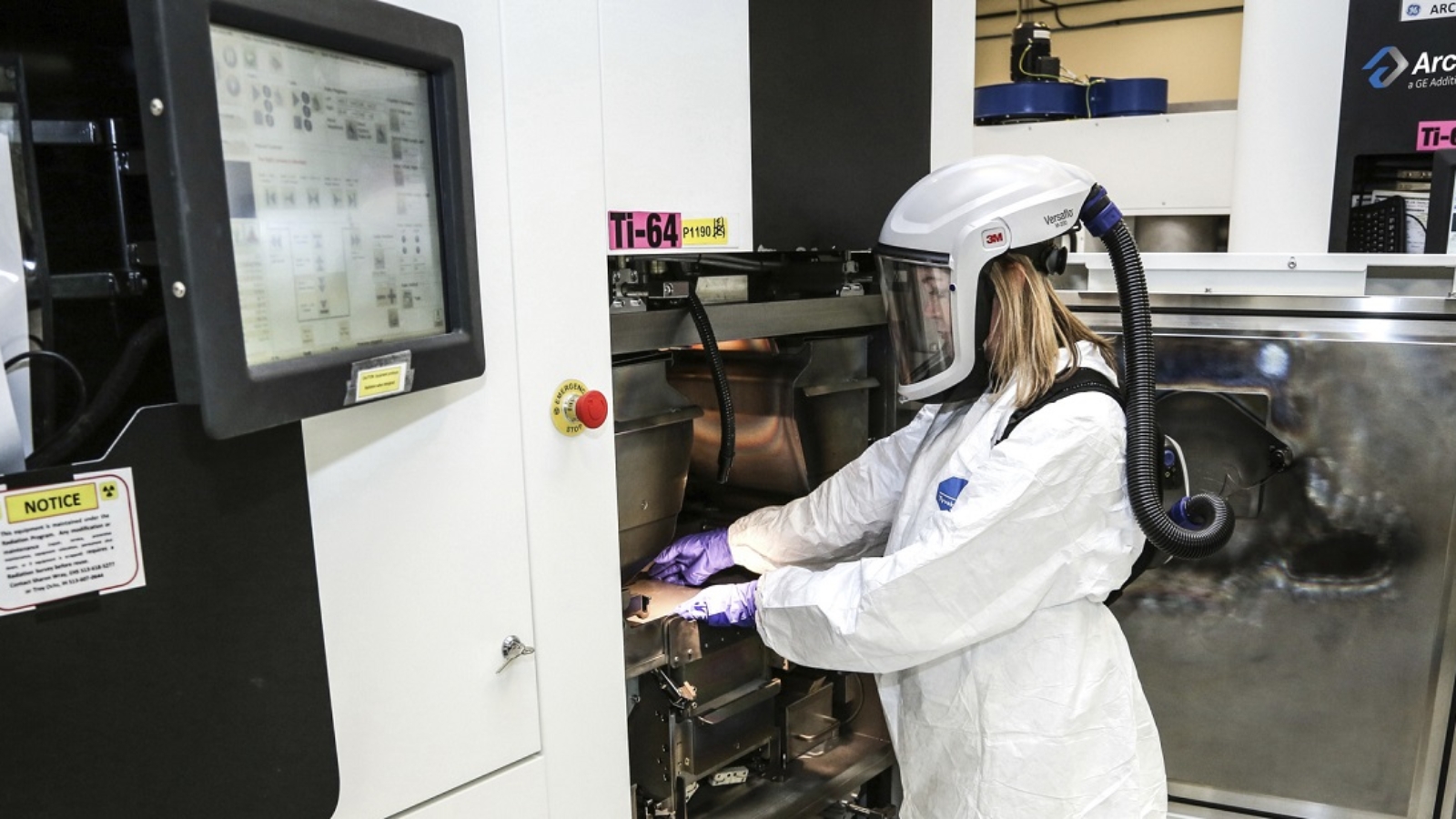China-based orthopedic implant manufacturer AK Medical has added eight GE Arcam EBM Q10plus 3D printers to its fleet, citing a rising demand for implants across the country. The company has been using EBM (Electron Beam Melting) technology since 2009, working closely with a range of clinical and R&D experts to standardize and certify additively manufactured medical devices in China. Moving forward, AK has stated that it will focus its efforts on 3D printing while expanding beyond just additively manufactured bone joints.
Li Zhijiang, Chairman, CEO and Executive Director of AK Medical, states: “We look to the future full of confidence. Additive technology itself is tremendously advantageous in terms of cost, and personalized customization is increasingly becoming an industry trend. And when you begin to think of it in combination with CT, nuclear MRI, software, the Internet, 5G and many other technologies, then AM is likely to unleash greater potential to boost the entire medical industry.”

China’s ageing population and EBM 3D printing
When referring to China’s population, a number approaching 1.5M may come to mind. What many don’t realize is that it’s also a rapidly aging one, and the orthopedic problems associated with old age are on the rise. Patients seeking knee, hip, and spine implants can have these devices traditionally cast, but they tend to be mass-produced so the element of personalization is lost.
Aiming to provide an alternative route, AK Medical has been 3D printing these same medical devices for a number of years now and was the first company to be approved by China’s National Medical Products Administration (NMPA) for 3D printed metal implants. To date, the NMPA has certified five of AK’s EBM printed joint implants, with plans to certify more. For over a decade, AK has made use of three different Arcam models and claims the technology can cut certain implant costs by an average of 38% when compared to other additive processes.
Mr. Li adds: “We have used EBM technology for more than a decade, so when we recently needed to invest in new machines, we naturally opted for the Q10plus. The Q10plus system provides a user-friendly interface, a higher precision of processing, and better-quality products. It helps us improve the cost efficiency of both standard production and small-scale customized production.”

Advancements in orthopedic implants
Manufacturing on Demand
Alongside its business line, AK Medical has also contributed to the development of several Chinese technical standards for 3D printed medical devices. In January of 2020, a regulation concerning the supervision and management of custom medical devices, jointly published by the NMPA and National Health Commission, came into effect. The event lit the way for the widespread adoption of metal 3D printing in the Chinese medical device industry, and AK intends to be at the forefront.
Elsewhere, researchers at the Delft University of Technology recently designed and printed a porous titanium bone implant with antibacterial properties. Leveraging a novel biofunctionalization method called plasma electrolytic oxidation, the team was able to load the implant with strontium and silver nanoparticles, eradicating the notoriously resistant Staphylococcus aureus bacteria within 24 hours.
Across the Atlantic, researchers from Ontario-based Mohawk College and McMaster University recently became the first to investigate the suitability of a novel titanium alloy, Ti-5553, for 3D printed bone implants. The alloy is a microstructural cousin to the more commonly used Ti-64, and showed great potential in terms of biocompatibility and bone growth.
* This article is reprinted from 3D Printing Industry. If you are involved in infringement, please contact us to delete it.
Author: Kubi Sertoglu


Leave A Comment